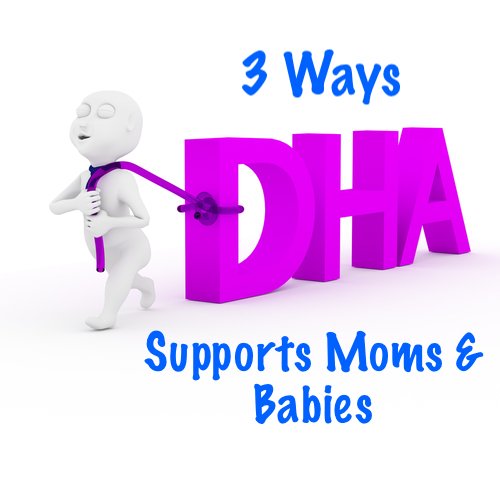Pregnancy comes with a swirl of guidance, and it’s not always simple to sort the essentials from the noise. Most healthy parents-to-be can keep moving with about 30 minutes of moderate exercise on most days, skip foods that raise infection risk (like deli meats that may harbor listeria), and avoid high-mercury fish such as shark, tilefish, swordfish, and king mackerel. On the nutrient front, needs rise across the board: extra calcium to build bones and teeth, more iron to carry oxygen, and a daily 600 micrograms of folic acid to protect the developing brain and spinal cord—plus attention to vitamins A, B12, and D. There’s one more piece that deserves a front-row seat in your prenatal plan: the long-chain omega-3s, especially DHA.
Why omega-3s matter more in pregnancy
Omega-3 fatty acids are “essential” fats—your body can’t make enough, so you must get them from food or supplements. During pregnancy and while breastfeeding, demand for these fats climbs because they’re critical for the baby’s brain, eyes, and nervous system. Fish supply two forms that have been studied most: EPA (eicosapentaenoic acid) and DHA (docosahexaenoic acid). Both are useful, but DHA does the heavy lifting for fetal development. Since many people don’t eat oily fish daily—and since some species carry more mercury—the practical approach is to combine the FDA’s seafood advice (8–12 ounces per week of low-mercury fish) with a DHA-focused prenatal supplement. If possible, begin several months before conception to build your own stores; your body will draw on them steadily, especially in the third trimester.
DHA supports babies’ brain and visual development
DHA is a structural fat in the brain and retina. Throughout pregnancy—most intensely late in the third trimester—DHA moves from mom to baby to help wire up attention, learning, and vision. Research following mothers with higher DHA status at delivery has found early advantages in infant attention that persisted well into the second year. Because your baby taps your DHA reserves during pregnancy and breastfeeding, keeping intake—and blood levels—up benefits you both before and after birth.
DHA helps reduce the risk of premature birth
Preterm birth remains a major health challenge. A large review of nearly 20,000 pregnancies found that raising long-chain omega-3 intake (typically 500–1,000 mg per day, with an emphasis on DHA) was linked to fewer very early births before 34 weeks, fewer births before 37 weeks, and fewer low-birth-weight babies. This is one of the few nutrition strategies with evidence for shifting preterm risk in the right direction. Ongoing trials are testing higher DHA intakes started early in pregnancy to see if the protection strengthens further.
DHA may help steady mom’s mood after delivery
Postpartum mood symptoms affect many new mothers and have been associated with low omega-3 status. DHA participates in the pathways that support serotonin and dopamine, two key players in mood regulation. Observational work has tied higher DHA in late pregnancy to fewer postpartum symptoms, and small supplementation trials using modest daily DHA doses have reported lower scores on depression screens in the months after birth. While this doesn’t replace clinical care when it’s needed, it’s one more reason to keep DHA on your checklist.
How much to get—and where to find it
A practical daily target during pregnancy is at least 200 mg of DHA. You can reach that with a couple of servings each week of low-mercury, oily fish (think salmon, trout, sardines) or with an omega-3 supplement that clearly lists its DHA content. If you don’t eat fish, algae-based DHA is a clean, effective alternative that raises blood DHA just as well as fish sources. Fortified foods like DHA eggs and milks add small amounts and can help round things out, but they rarely supply enough on their own to hit daily needs.
Make it personal: track your level
Because people vary in how they absorb and use omega-3s, the most straightforward way to know if your plan is working is to measure. A simple blood spot test can estimate your DHA status; aiming for at least 5% DHA in red blood cells during pregnancy is a reasonable goal linked to lower early preterm risk. If your number is low, increase DHA-rich fish or choose a higher-DHA supplement, then recheck after a couple of months.
The bottom line
Alongside folic acid, iron, calcium, and other prenatal basics, DHA deserves a permanent spot in your routine. Keep fish choices smart and low in mercury, use an algae or fish-oil supplement that supplies enough DHA, and consider checking your level so you can tailor your intake with confidence. As always, share your plan with your prenatal care team—especially if you’re combining foods and supplements—so they can help you fine-tune it for you and your baby.




